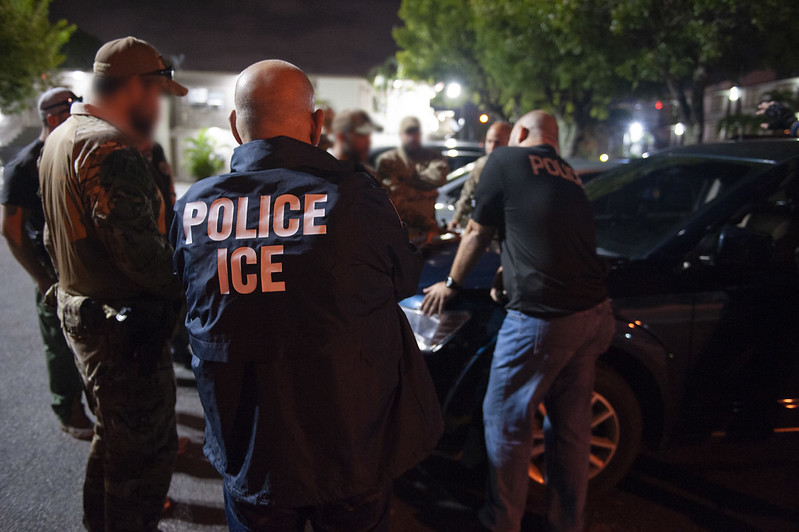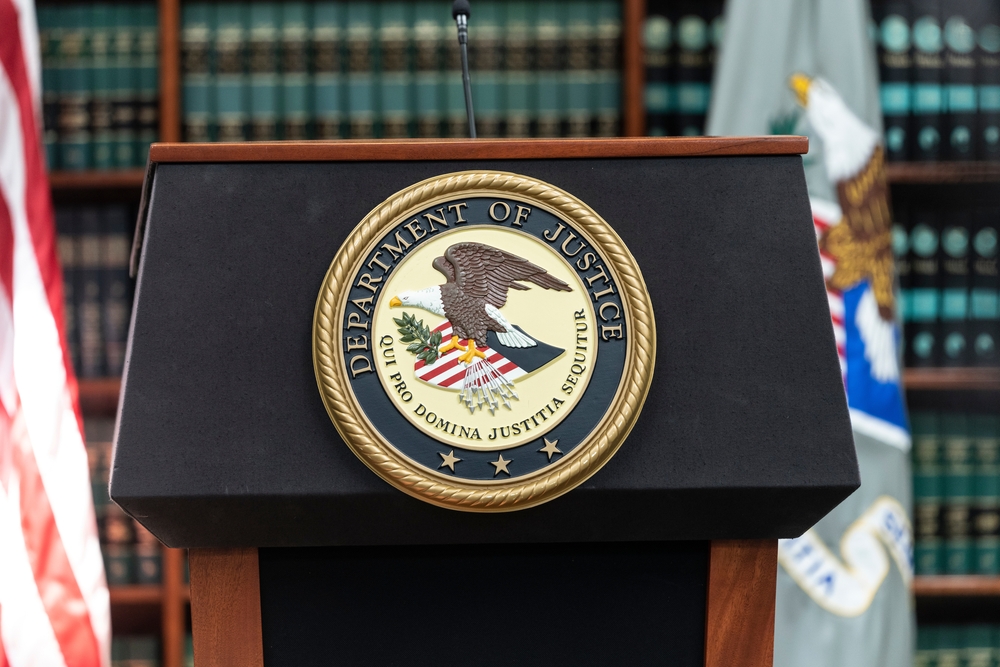The mystery behind the anthrax attacks lingers. Here’s more about the man the FBI believes was behind the fatal mailings in 2001.

By Scott Shane
New York Times
FREDERICK, Md. – Inside the Army laboratory at Fort Detrick, the government’s brain for biological defense, Bruce Edwards Ivins paused to memorialize his moment in the spotlight as the anthrax panic of 2001 reached its peak.
Dr. Ivins titled his e-mail message “In the lab” and attached photographs: the gaunt microbiologist bending over Petri dishes of anthrax, and colonies of the deadly bacteria, white commas against blood-red nutrient.
Outside, on that morning of Nov. 14, 2001, five people were dead or dying, a dozen more were sick and fearful thousands were flooding emergency rooms. The postal system was crippled; senators and Supreme Court justices had fled contaminated offices. And the Federal Bureau of Investigation was struggling with a microbe for a murder weapon and a crime scene that stretched from New York to Florida.
But Dr. Ivins was chipper – the anonymous scientist finally at the center of great events. “Hi, all,” he began the e-mail message. “We were taking some photos today of blood agar cultures of the now infamous ‘Ames’ strain of Bacillus anthracis. Here are a few.” He sent the message to those who ordinarily received his corny jokes and dour news commentaries: his wife and two teenage children, former colleagues and high school classmates. He even included an F.B.I. agent working on the case.
For Full Story




